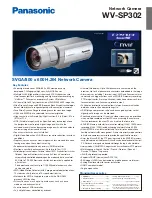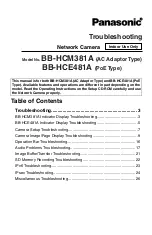
Transition Networks
S4224 Web User Guide
33558 Rev. C
Page 178 of 669
IPMC (IP MultiCast)
IP Multicast (IPMC) is a way to send Internet Protocol (IP) datagrams to a group of interested receivers in
a single transmission. It is often used for streaming media applications on the Internet and private
networks. The method is the IP-specific version of the general concept of multicast networking. It uses
specially reserved multicast address blocks in IPv4 and IPv6. In IPv6, IP multicast addressing replaces
broadcast addressing as implemented in IPv4.
IP multicast is used in enterprises, commercial stock
exchanges, and multimedia content delivery networks. One common enterprise use of IP multicast is for
IPTV applications such as distance learning and televised company meetings. Multicast is a different
transmission mode from unicast, so only protocols designed for multicast are used with multicast.
The S4224 IPMC menu provides
IGMP Snooping
and
MLD Snooping
configuration from the
Configuration > IPMC
menu path. These two sub-menus are described in the following sections.
The Internet Group Management Protocol (IGMP) communications protocol is used to
manage the membership of Internet Protocol multicast groups. IGMP is used by IP
hosts and adjacent multicast routers to establish multicast group memberships. It is an
integral part of the IP multicast specification, like ICMP for unicast connections. IGMP
allows more efficient use of resources when supporting online video, gaming, etc.
The S4224 can do IGMPv1/v2/v3 and MLDv1/v2 snooping to limit the broadcast of the
IGMP multicast sessions to the ports where the IGMP listeners can be reached. MLD
is similar to IGMP except MLD runs over the IPv6 stack. The S4224 looks for IGMP
‘join’ and ‘leave’ messages and maintains a table of which ports are part of the
conversation. Snooping is enabled at device level and also supports proxying. This
feature can be used to avoid forwarding unnecessary join and leave messages to the
router interface.
The S4224 also supports IGMP/MLD snooping at VLAN levels. A maximum of 64 VLANs can be chosen
for IGMP snooping. Typically the router is the IGMP querier but an option to enable IGMP querier on each
VLAN is provided as well on this device. The IGMP querier will send a query in 255 seconds after
enabled; if it receives any query from other devices, this will stop querying.
The S4224 provides status on the IGMP sessions and statistics of different queries and messages as
discussed later in this section.
















































